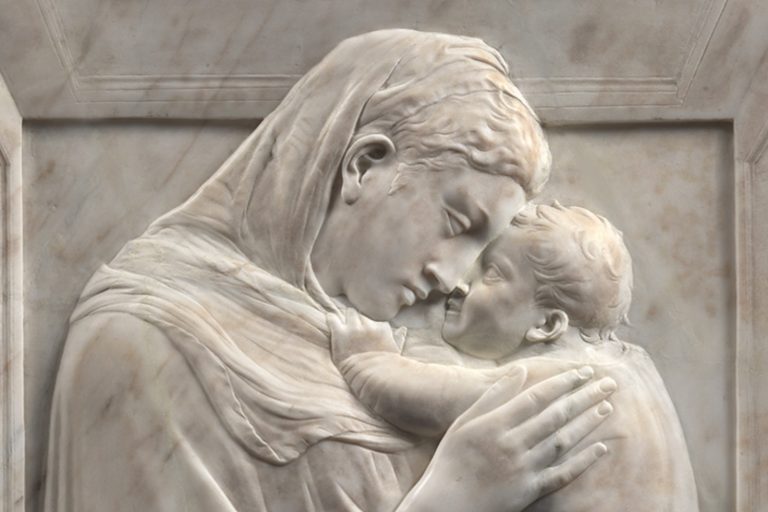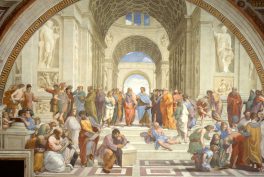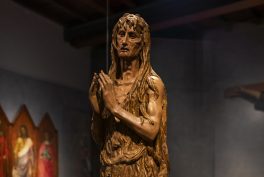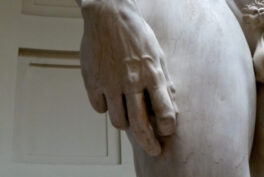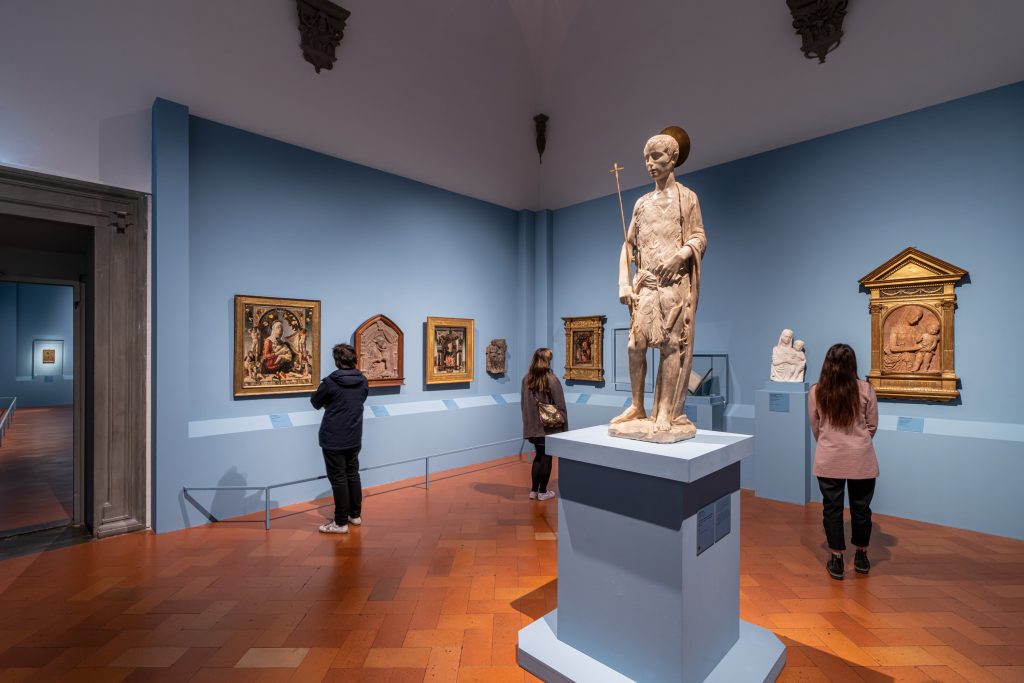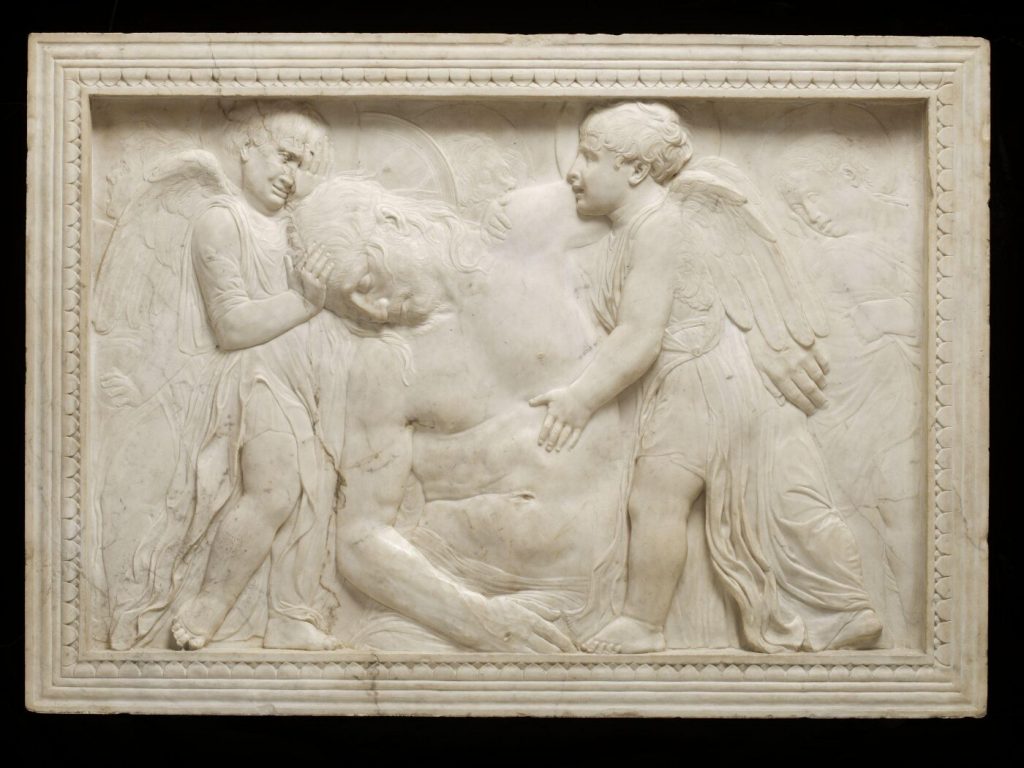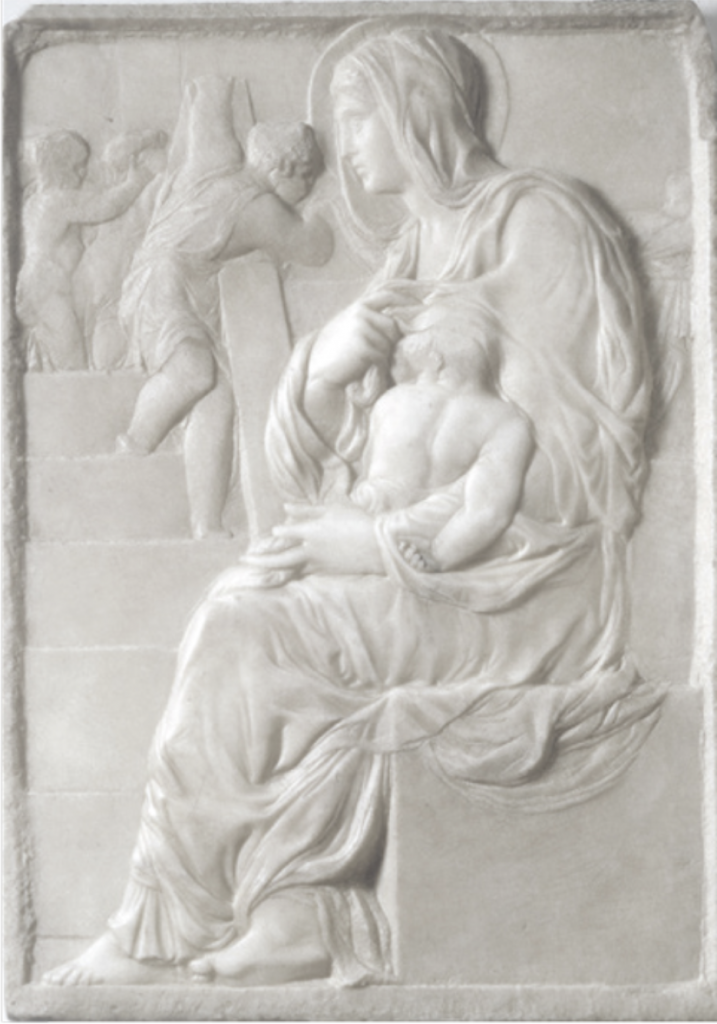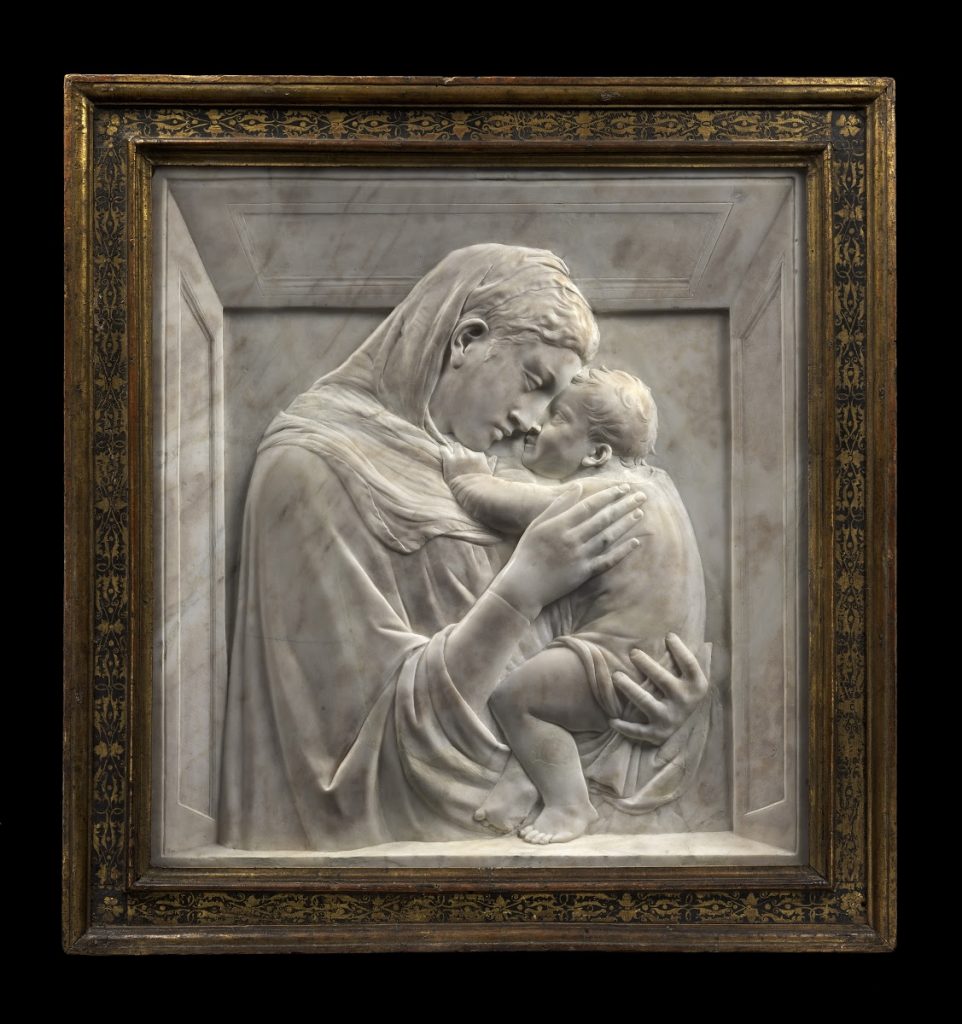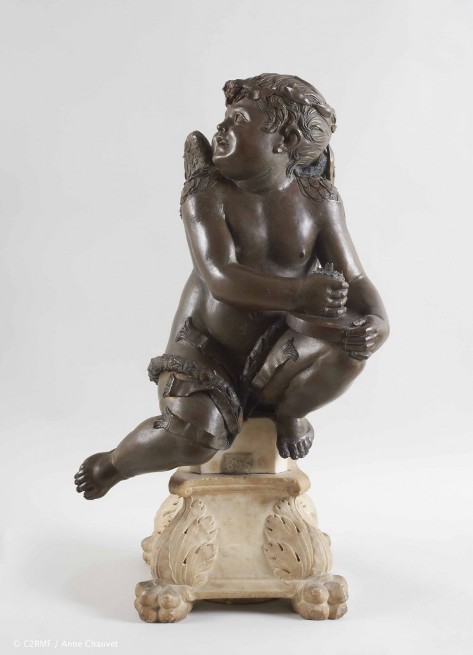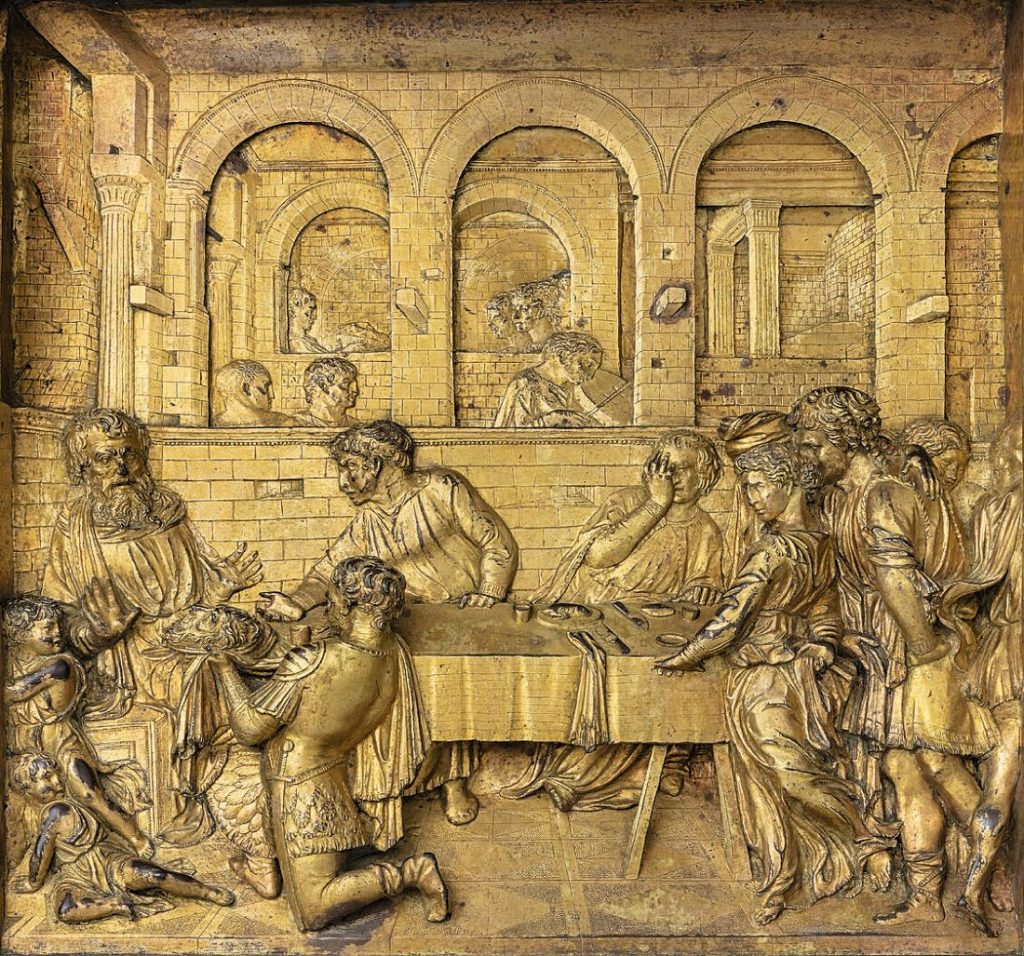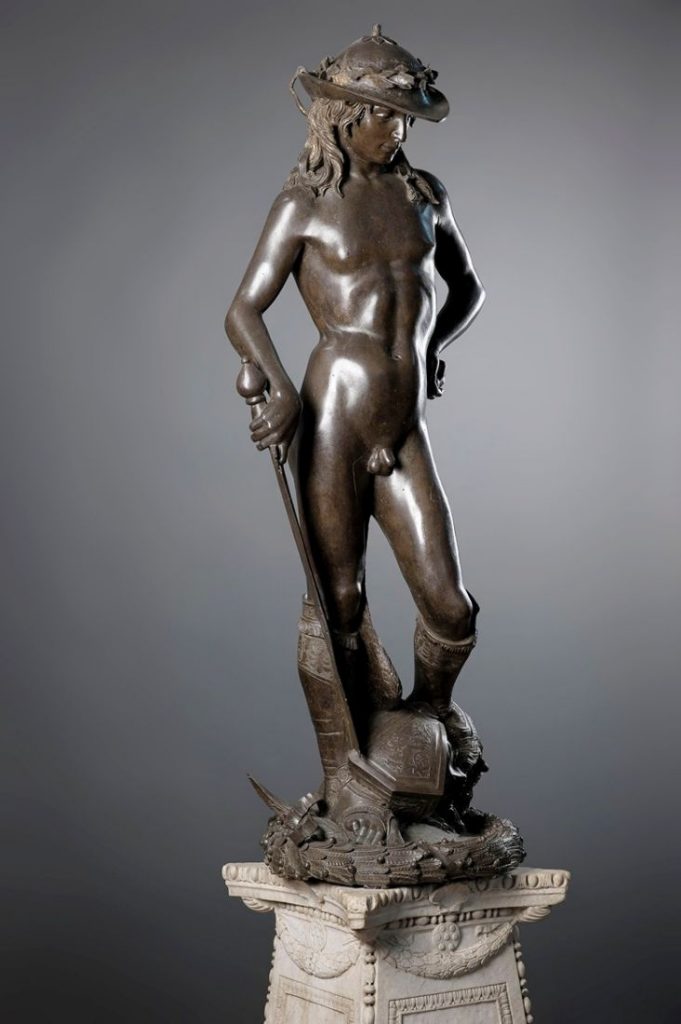Donatello was born c. 1386 in Florence and died on December 13th, 1466, also in Florence. Just to spot where on the timeline are we – Leonardo da Vinci was born in 1452, and Michelangelo in 1475. Donatello had a long life and created a huge body of work which for the most part is still anchored to the sites for which they were made. Naming him the “father of Renaissance” is not an exaggeration.
It was Donatello who moved sculpture from medieval International Gothic influences back to the roots of the Ancient Greek and Roman ideals. Harmony, classical beauty, realism – these are the qualities that the art of Donatello brought and which were spread among the buzzing Tuscan artistic community of his times. Along with Filippo Brunelleschi, he was a trailblazer of rational perspective in art. He was the one that made the first large-scale sculptures since Roman times that were independent of architecture (e.g. Gattamelata in Padua). He was the inventor of non-finito in sculpture. He never stopped innovating and experimenting with the most diverse genres, destinations, materials, techniques, and formats. Thanks to the exhibition in Florence we can get to grips with Donatello’s importance and see it fully.
Donatello was truly omnipotent: he worked with stone, bronze, wood, clay, stucco, and wax. Although his best-known works were mostly statues in the round, he developed a new, very shallow, type of bas-relief for small works – a technique known as schiacciato. It created a far more-striking effect on atmospheric space than before. The sculptor no longer modeled his shapes in the usual way but instead seemed to “paint” them with his chisel. A perfect example is the relief of The Dead Christ Tended by Angels, probably made for the front of an altar with amazing dramatic angels in the background. Thanks to his innovations and bold stylistic method and skills, Donatello had a profound influence on other artists during his lifetime and after – sculptors and painters alike – from Masaccio and Mantegna to Michelangelo with his Madonna of the Stairs.
